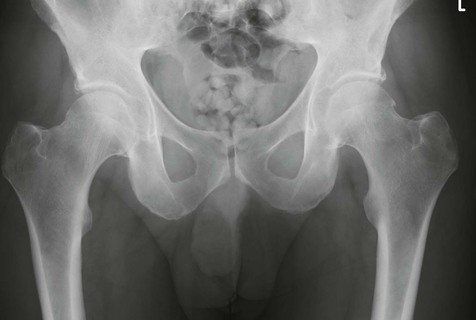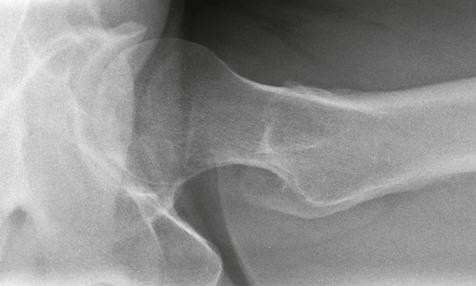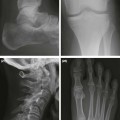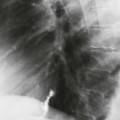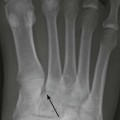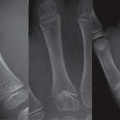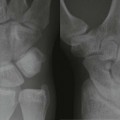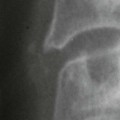The femoral neck should: The intertrochanteric region should: The femur and pelvis of an adolescent will show several small secondary centres (the apophyses). Detailed inspection should focus on the specific clinical history. Thus… Check for: ▪ A black line—a displaced fracture—across the femoral neck. ▪ A white line—impacted fracture—in the subcapital region. A few fractures are very difficult to detect. If the radiographs appear superficially normal it is important to check again and answer the following questions: Check that: Check all of the features described above and also check:
Hip & proximal femur
Normal anatomy
AP view
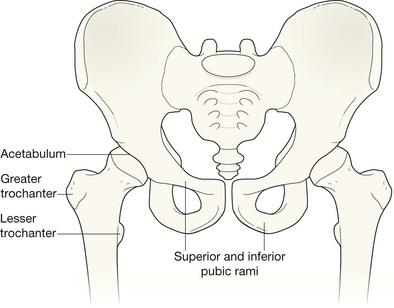
Lateral view
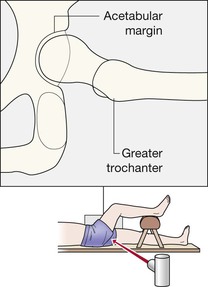
AP and lateral views
Secondary centres (apophyses)
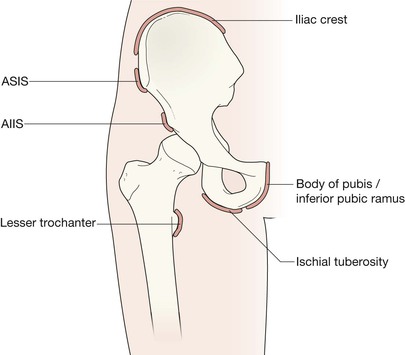
Analysis: the checklists
An elderly patient has suffered a simple fall
An adolescent patient has acute/chronic pain following athletic activity
Patient of any age who has sustained high velocity trauma

Hip & proximal femur
14
